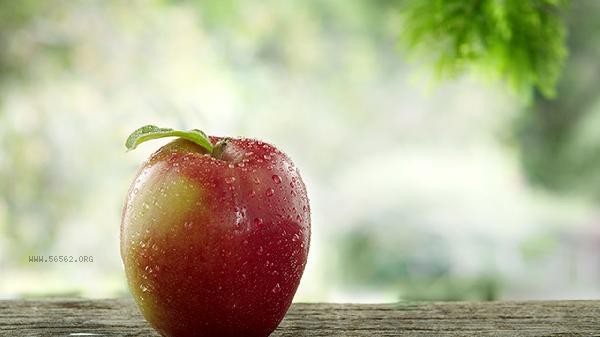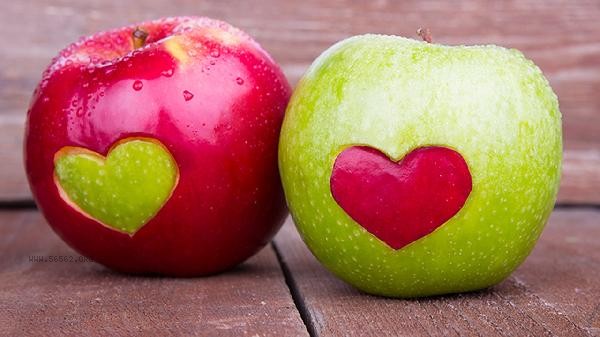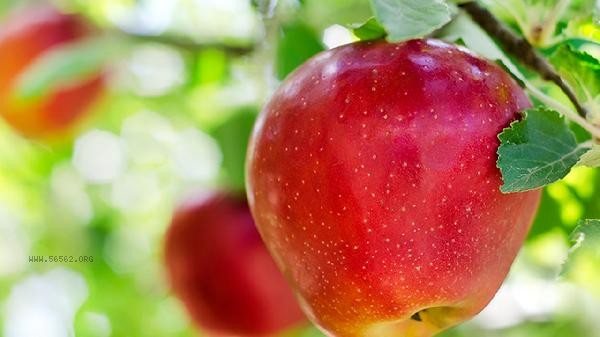Apples can extend their shelf life by low-temperature refrigeration, maintaining ventilation, avoiding compression, controlling humidity, and storing separately. Improper storage of apples can easily lead to decay and deterioration due to water loss or microbial growth.

1. Low temperature refrigeration
Placing apples in the refrigerator compartment can significantly delay the ripening process and is suitable for maintaining at 0-4 degrees Celsius. There is no need to clean before refrigeration, as the natural wax layer on the skin can prevent water evaporation. Please note that apples release ethylene gas and should not be mixed with fruits such as bananas that are sensitive to ethylene.
2. Maintain ventilation
The storage environment should maintain air circulation and avoid using completely sealed plastic bags. You can choose to store it in a plastic bag or cardboard box with breathable holes, and place clean paper inside the cardboard box to absorb excess moisture. When stacking, use corrugated paper to separate each layer of apples to reduce contact pressure.
III. Avoid Squeezing
Slight bumps on the surface of apples can accelerate local decay, and should be handled gently during transportation or stacking. It is recommended to choose apples with intact fruit shape and no scars for home storage. Apples with damage should be consumed first. The depth of the storage container should not exceed 30 centimeters to prevent the bottom fruits from being compressed and deformed.

Fourth, control humidity
Relative humidity of 85% -90% can prevent apple wrinkling, but excessive humidity can easily breed mold. A hygrometer can be placed in the storage space for monitoring, and if the humidity is too high, a food desiccant can be placed. During winter storage in the northern heating room, apples can be covered with a slightly damp towel to prevent dehydration.
5. Separate storage
Apples should be placed separately from root and stem ingredients such as potatoes and onions to avoid cross contamination and cross contamination. Different varieties of apples have significant differences in maturity, and it is recommended to store early maturing and late maturing varieties in layers. Cut apples need to be coated with lemon juice on the incision, sealed and refrigerated, and consumed within 24 hours.

Before daily consumption, refrigerated apples can be left at room temperature for 2 hours to enhance their taste. Long term storage requires monthly inspection to remove spoiled fruits. Choosing apples with intact stems and uniform powder is more durable for storage. Late maturing varieties harvested in autumn, such as Fuji apples, can have a shelf life of several months. During storage, avoid frequent flipping and regularly open windows for ventilation to reduce ethylene concentration. If local mold is found, it should be isolated immediately to prevent transmission to other fruits.








Comments (0)
Leave a Comment
No comments yet
Be the first to share your thoughts!